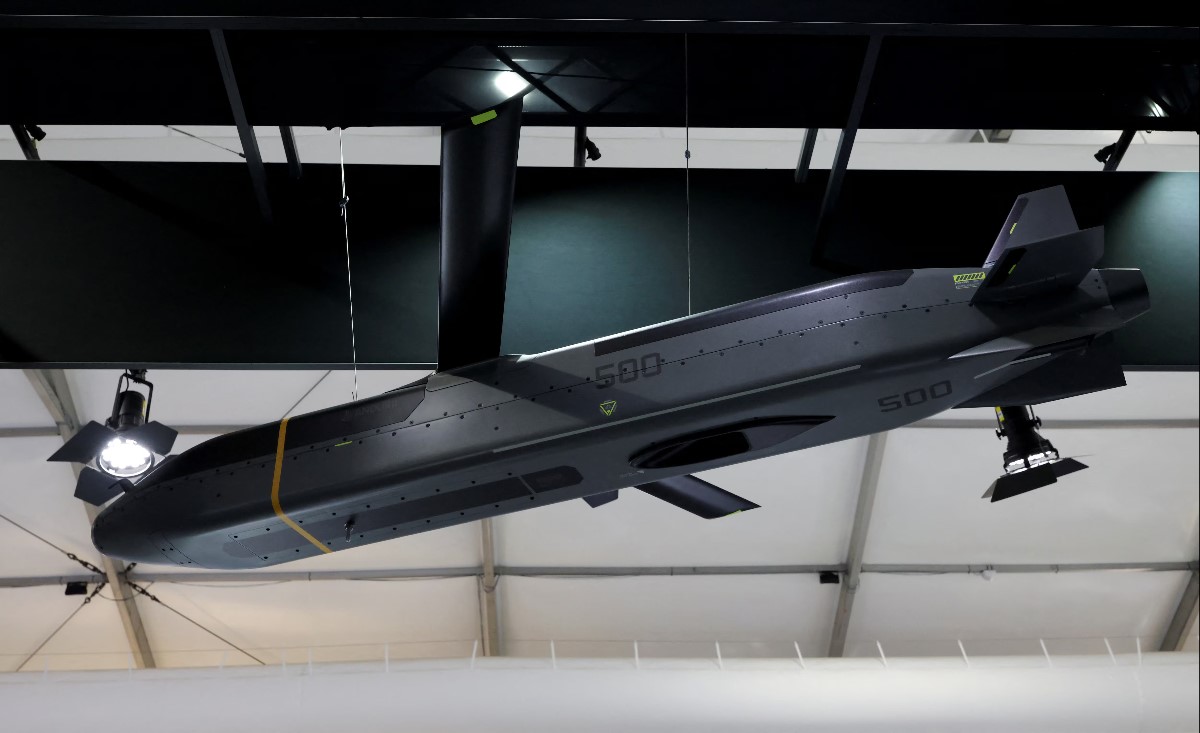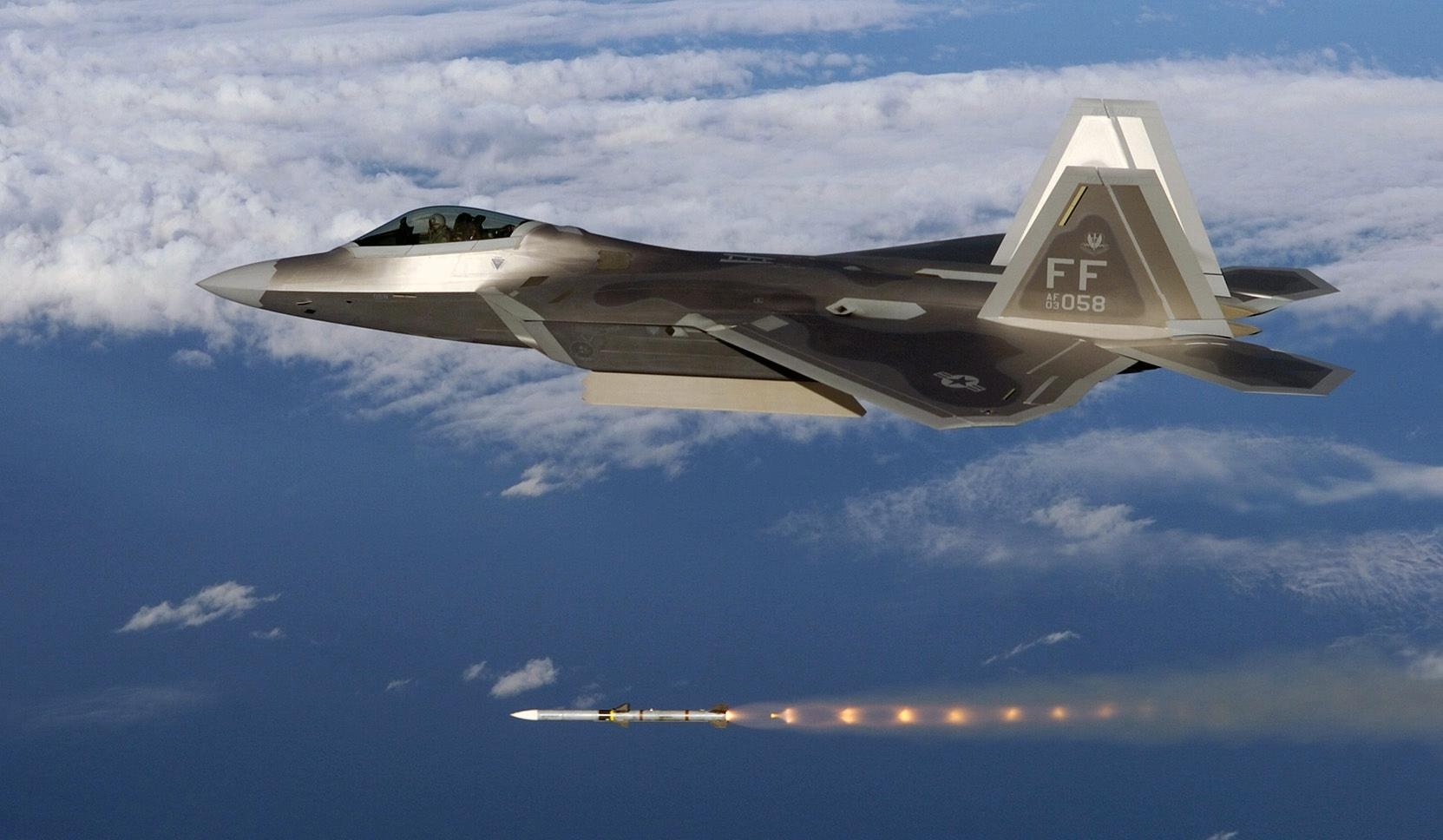India’s Plan to Tackle China-Pakistan Threat: Integrated Command Centres in Lucknow, Jaipur, and Trivandrum

India is embarking on a significant military restructuring to counter rising threats from both China and Pakistan. At the heart of this effort is the establishment of integrated command centres in three strategic locations: Lucknow, Jaipur, and Trivandrum. These centres are expected to revolutionize the coordination and response capabilities of the Indian Armed Forces, unifying the operations of the Army, Navy, and Air Force under one cohesive structure.
The primary goal of these integrated command centres is to streamline decision-making and enhance military readiness across India's northern and western borders. China’s aggressive military posturing along the Line of Actual Control (LAC) and Pakistan’s ongoing confrontations along the Line of Control (LoC) are driving the need for a unified and robust response mechanism. By positioning these centres in different parts of the country, India is looking to ensure that its military can respond swiftly and effectively to simultaneous threats on multiple fronts.
A Unified Command Structure for a Cohesive Defence
India’s military command traditionally operated under separate branches, which often resulted in delayed coordination and fragmented responses during crises. The new integrated command centres will bring the operations of the three military branches—Army, Navy, and Air Force—under a single command structure, following a model similar to China’s theatre commands. This reorganization aims to enhance real-time communication, resource-sharing, and operational efficiency in case of a conflict, providing a unified command with greater oversight and control.
The decision to place command centres in Lucknow, Jaipur, and Trivandrum is no coincidence. Lucknow, located in the northern part of India, will focus on the potential Chinese threat along the eastern front, particularly the sensitive regions of Ladakh and Arunachal Pradesh. Jaipur, centrally located, is well-positioned to manage operations along India’s western front with Pakistan. Meanwhile, Trivandrum will safeguard India’s southern waters and the Indian Ocean Region, which has become a theatre of increasing strategic importance due to Chinese naval activity.
Countering China and Pakistan's Growing Military Ties
A significant driver behind this initiative is the deepening military cooperation between China and Pakistan. The China-Pakistan Economic Corridor (CPEC), a crucial part of Beijing’s Belt and Road Initiative, has heightened strategic concerns for India, as it extends Chinese influence in Pakistan-administered Kashmir and beyond. The close military partnership between these two adversaries poses a dual-front challenge for India, demanding a more integrated and efficient military strategy.
By adopting this integrated approach, India is also responding to China's recent military reforms, which have successfully integrated its forces into joint commands, allowing for rapid deployment and precise coordination. India's leadership is keen to ensure its forces are not caught off-guard in a similar situation, particularly in the sensitive Himalayan and border regions where tensions with China have been on the rise.
Enhancing Military Capabilities and Infrastructure
The establishment of these command centres is just one part of India’s larger plan to modernize and bolster its military capabilities. The Indian Air Force, for example, is moving forward with a ₹3 lakh crore strategic upgrade that includes the procurement of advanced fighter jets, modern missile systems, and enhanced surveillance technologies. These investments are aimed at addressing air superiority concerns, particularly in light of China’s advanced air force and Pakistan’s expanding missile arsenal.
Furthermore, India is focusing on developing key infrastructure projects along its borders with China and Pakistan. Improved roadways, rail networks, and airbases in these areas will not only provide better logistical support during potential conflicts but will also allow for quicker troop and equipment mobilization in times of crisis.
A Future-Ready Military
The proposal for these command centres has already been presented to Defence Minister Rajnath Singh, with approval expected soon. Once the green light is given, it is estimated that the restructuring and operationalization of these centres will take between 12 to 18 months. While the timeline is ambitious, the urgency of the situation demands swift action.
India’s proactive steps in establishing these command centres reflect its determination to stay ahead of evolving geopolitical challenges. With China and Pakistan forging closer ties and enhancing their military coordination, India recognizes the need for a future-ready defence strategy. The integrated command centres in Lucknow, Jaipur, and Trivandrum represent a critical step toward a more agile, coordinated, and capable military, ready to respond to any threats that may arise from its powerful neighbours.
In the coming years, these command centres will serve as the backbone of India’s defence strategy, ensuring that the country is not only well-prepared for future challenges but can also effectively counter any external threats with speed and precision.



